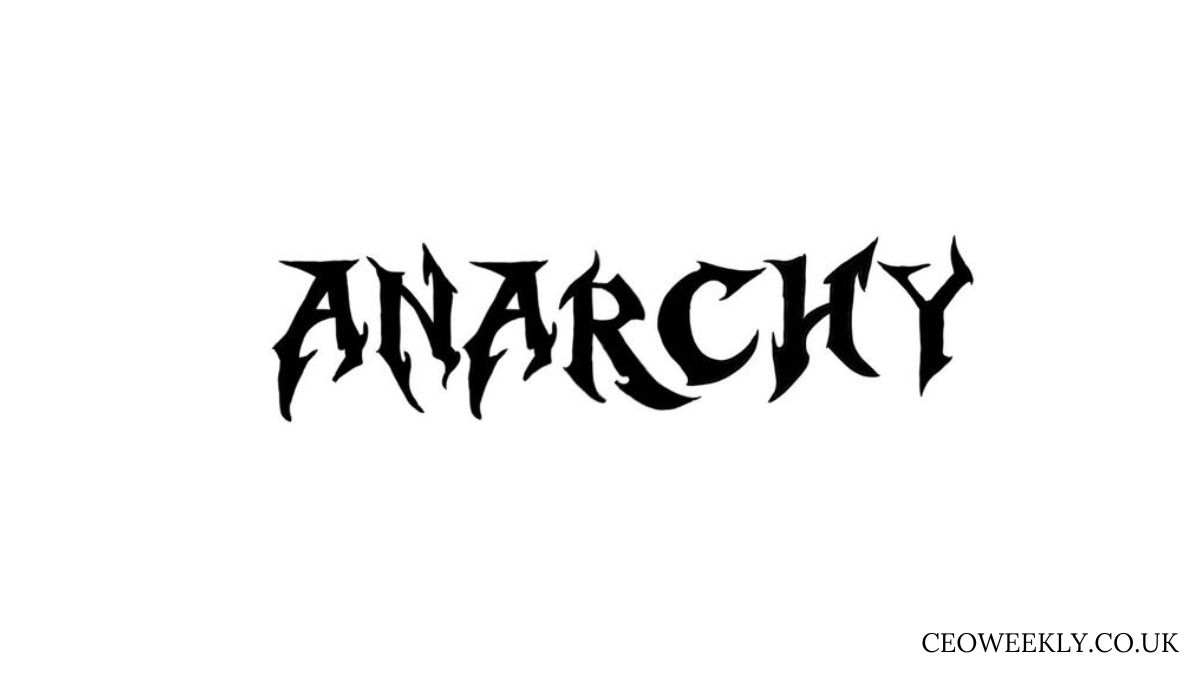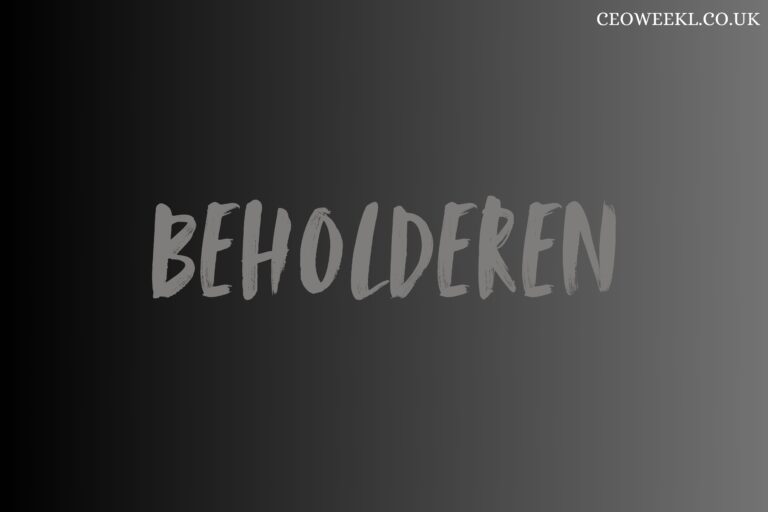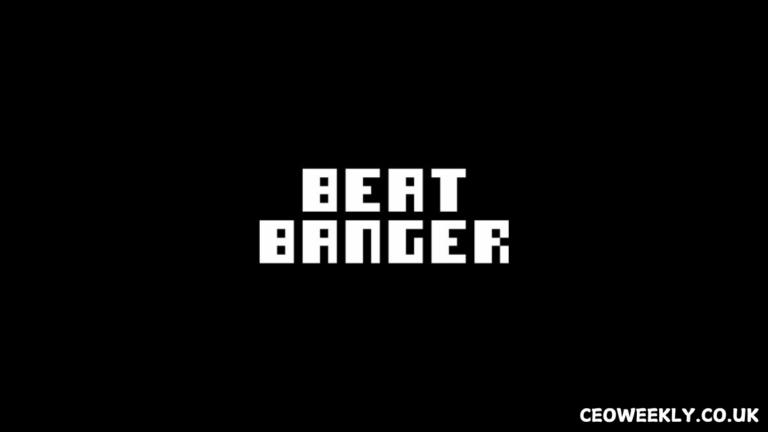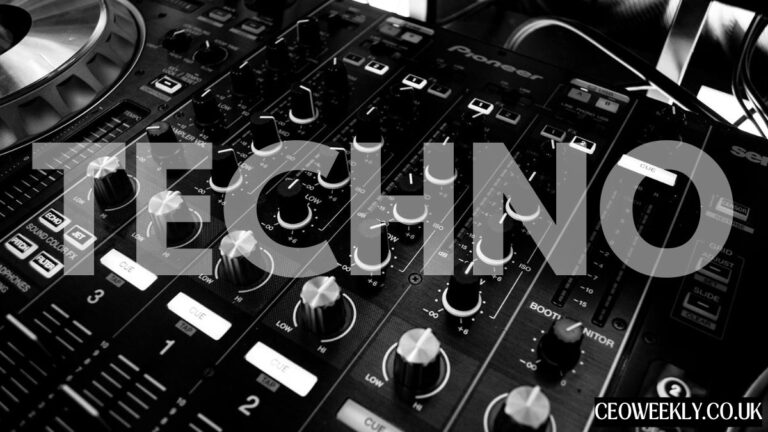Exploring the Anarchist Design Trend
In recent years the anarchist design has started, which influenced the art fashion and interior designing field to a great extent. This trend best relates to rebellion against the norms of conformity and mainstream art sense freeing it up with a rebellious spirit. It affects all spheres becoming a massive movement of people who are embracing uniqueness and fighting against conformity.
The anarchist design trend draws inspiration from the principles of anarchy: liberty, personalities, and anti-authoritarianism. The design linked with this style should said to be raw and uncomfortable, loud, informal, rebellious, irrational and even puerile, emotional, ironic, provocative and shocking, primitive and techno-primitive; the designers that follow the style often utilize informal and seemingly meaningless materials and compositions, vulgar and unfiltered messages. Such work produces unique images that become quasi-imagination and counterintuitive messages that intervene with the mundane appearances.
History of anarchist design trend
These steps contributed directly to the anarchist design trend that has its origin in the counterculture movements of the twentieth century. All these transformations had primary influences by punk rock, street arts and avant-garde fashion. These movements were countercultures, which rebelled against most cultural ideals; in matters of order, conformity, and conformity.
Currently, the anarchist design trend extends from such ideas but has embraced the contemporary lifestyle. Thanks to the appearance of digital and sites, such as social networks, art initiatives, or design projects, are much more accessible for artists and designers who can present their works to the international public.
Features of the Anarchist Design Trend
Another graphic design trends of the year is the anarchist design trend characterized by rebellious or non-compliance trends. Here are some of the elements that characterize this style:
1. Rustic and Rough Outcomes
In fact, anarchist design does not avoid the imperfection of objects and materials. Sleek, unadulterated backgrounds and homemade sketches, as well as birched and scraped up surfaces, reflect the rebellious attitude to polished up appearances.
2. Primary Contrast Colors
Crimson and sunny, continuously contrasting, and sharp are examples of nuances adherent to the anarchist kind of designing. These striking palettes shout out loud which, indeed, is the essence of the disruptive movement.
3. Typography as Art
Typography occupies a central position in anarchist design. Naturally, handwritten fonts, or distorting the letters, and rough texts boldening the statements are often utilized to emphasize individuality and provoke people.
4. Collage and Mixed Media
The trend very often combines materials as well as techniques including colleges and layering. This removes overly formal themes and establishes a random order but ordered at the same time appearance.
ADAPTATION OF The Anarchist Design Trend in Fashion
In fashion, the anarchist design trend refers to designs that are rebellious, unconventional with large patterns and un-orthodox shapes with disrespect to conventional trends. Fabrics and cuts are distressed, garments asymmetrical and accessories and clothing loud in this style.
For designers who choose to incorporate this trend, they mostly do so because of the desire to give people the ability to be who they want to be. The outcome is a flexible line of apparel which steers away from conventional fashion trends.
The Anarchist Design Trend In Interior Design
Interior design movement which refers to the anarchist design trend is marked by freedom and indiscrimination. Contrary to traditional guidelines for the appearance of objects, this style implies the combination of elements of different epochs and directions.
Key features of anarchist-inspired interiors include:
- Industrial Elements: The rawness of exposed brick, metal and wooden furniture, the cutting-edge minimalism of aluminium all underline this urban vision.
- Personalized Spaces: Correct accessories are artworks, Do it yourself furniture and anything that can be used in home decoration is personalized according to the occupant.
- Juxtaposition: Interacting spaces of the historical and new furniture design produce an unexpected and active environment.
Ten Years of Anarchist Design: The Role of Technology
This trend has also received influence from the digital age meaning that the anarchist design trend. Because artists can create using the internet without having to rely on established entities, they have a way of making their displaying works less restricted.
CSP, CAD software, graphic design tools and recently augmented reality software have pushed the boundaries for creating merchandise with anarchist influences. The designers can plan ahead and look for other possibilities by taking advantage of the opportunity of designing for the two realms and expanding innovations even further.
What It Says and Why It Is Important
The anarchist design trend has been popular with quite a number of people since it represents freedom, individualism as well as rebellion against conformity. In a world where globalization is taking its toll through production of similar cultural goods, this trend creates an opportunity to be unique.
This design movement is also popular among the young people who’re searching for nonconformity and their individuality. The concentration on ugly and irregularity among the young generation is rather inspiring than having a perfect picture that is promoted by social networks.
The inclusion of the Anarchist Design Trend
Applying anarchist design trend principles to the artwork or space of an artist, designer, or even a fan or enthusiast will be an informative and entertaining process. Here are some tips:
1. Experiment with Materials
There should be no avoiding fresh ideas and giving a second life to objects. The objects that should be used are what attracts you whether or not they are standard design elements.
2. Embrace Chaos
Let your work be fluent and raw. It is also important to notice that the anarchist design trend is based on schema 6 and loves unpredictability and irrationality, as well as knowing and operating imperfection.
3. Use Color and Contrast
The tips intended for creating orientations are to use bolder colours and combinations that might be rather nontraditional.
4. Focus on Meaning
This trend isn’t just about the aesthetics; it is also about the motivation because there is a big story behind the trend. Don’t hesitate to let your designs represent your values and your point of view.
Wearing the Future of the Anarchist Design Trend
With increased development in the coming years the **anarchist design trend** will also continue to pace with the world. Thus, its focusing on freedom and individuality guarantees the role of the movement in the conditions of the constantly evolving cultural context.
Secondly, it is connected with the anarchist spirit of sustainability and ethical design: many of these designers scatter materials, do not use them gratuitously, and prefer recycling. This could in turn enhance the feasibility of this trend into the future in tandem with resultant synergistic effect.
Conclusion
The above-discussed anarchist design trend is much more than aesthetics; it is a principle of design, which encourages liberty, imagination, and rebellion against norms. Its role remains as a pioneer in fashion as well as being extended to interior designing and other designs where it urges people to step out of their Shell’s and people be who they are.
As a contributor to the evolution of the design trend and questioning the traditional commitments out there, the **anarchist design trend** has rightfully claimed a potent position in the world of design, are you wondering that rebellion in design can indeed be very creative and influential? For those among the readers who are actively following trends, this is a chance to start appreciating things that have non-standard shapes, colors or look unfinished and, on the other hand, for people who enjoy art, it can give a new perspective on what it is to be unique.







